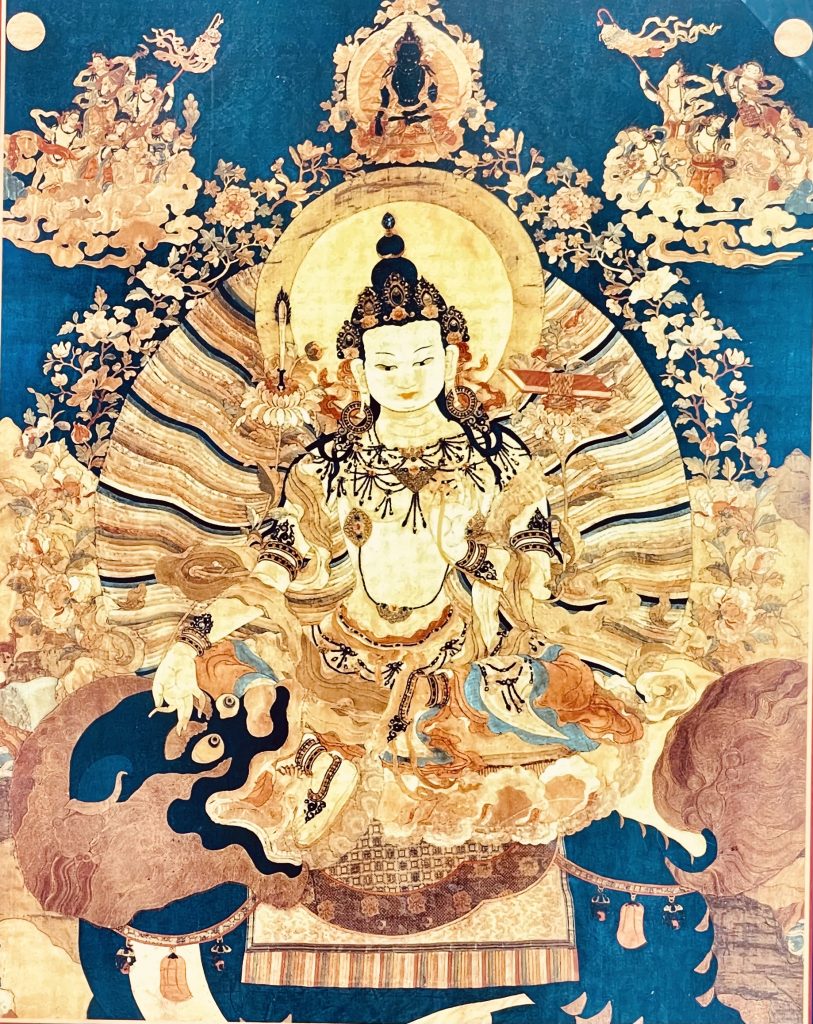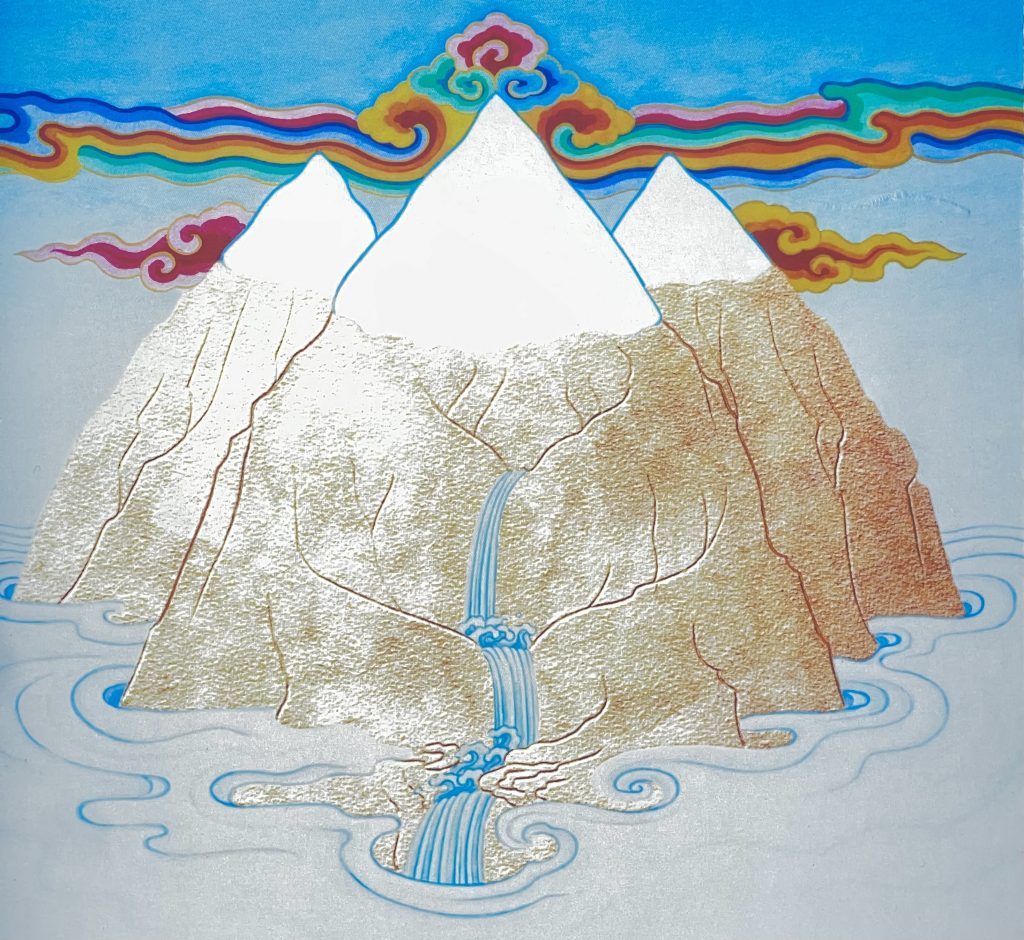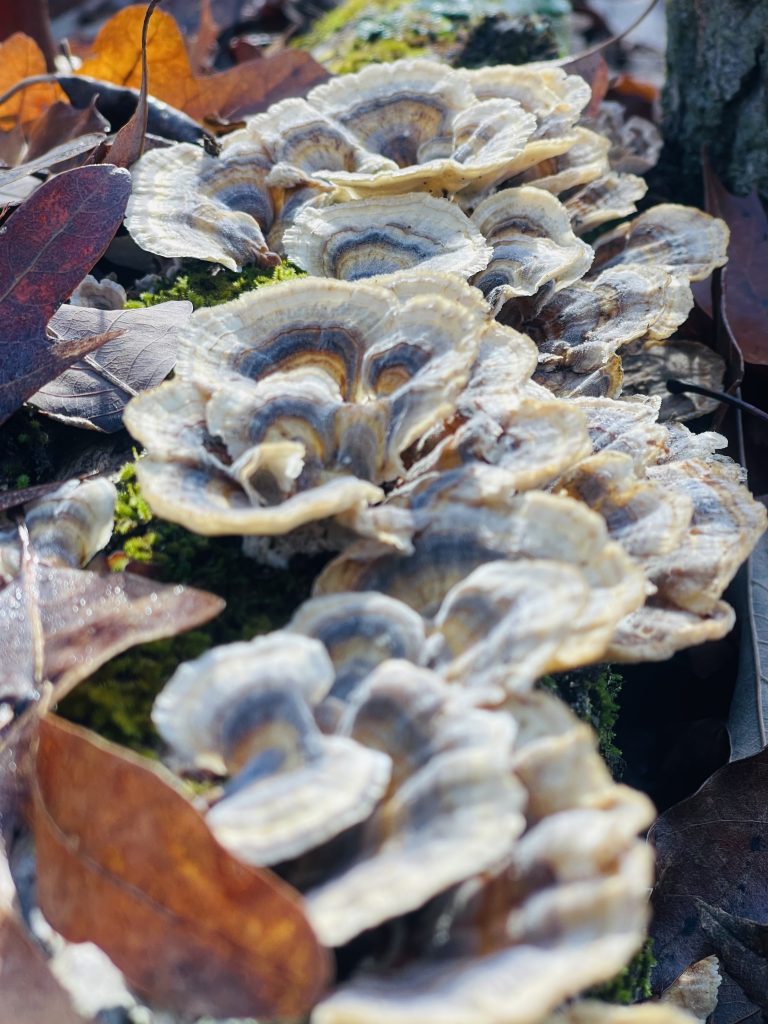
Yesterdays seem
Now but a dream,
So mind-stream,
Reams of dreams,
Nigh final scene.

Ideas realized

Practice is like bronze
When left to tarnish
Between each polish,
And shines only on occasion.
Practice like gold,
Lustrous in perpetuation,
Luminous in Essence.
adjective
deusmorphic: the attribution to divinity causation and manifestation resultant effect.
deusmorphically: adverb
False views are without number, but can be summarized as those of the:
These false views are views of ignorance.
The path that leads beyond the worldly has two aspects:
The vehicle of characteristics has three divisions:
1. the Listener Vehicle (Śrāvaka)
2. the Solitary Realizer (Pratyekabuddha)
3. the Bodhisattva Vehicle
The Diamond Vehicle also has three divisions, the vehicles of
4. Kriyātantra
5. Ubhayatantra
6. Yogatantra
The view of those engaged in Yogatantra has two aspects
The view of inner Yogatantra of skillful means has three aspects
7. the method of generation (Mahāyoga)
8. the method of perfection (Anuyoga)
9. the method of Great Perfection (Atiyoga/Dzogchen)
In the method of the Great Perfection (“great” in the qualities of the result being spontaneously present and in the method for entering that, and “perfection” in that accomplishments of merit and wisdom are perfect and complete), one realizes that all phenomena, mundane and supramundane, are inseparable in being, by nature and from the very beginning, the mandala of the enlightened body, speech, and mind. One then meditates on this.
…
”The development of mahāyoga is like the ground of all doctrines. The completion of anuyoga is like the path of all doctrines. The Great Perfection of atiyoga is like the fruition of all doctrines.”
from “Luminous Essence: a guide to the Guhyagarbha Tantra” by Jamgön Mipham

From: The Ornament of Clear Realization
Skt. Abhisamayalankara-prajnaparmita-upadesha-shastra
A detailed explanation of the various types of bodhicitta can be made through twenty-two similes. These similes are arranged according to the gradual development of bodhicitta.
We can see that through these twenty-two similes we can progress from a beginner in dharma practice to being a buddha with our bodhicitta becoming stronger and stronger in this process. These examples also give us an idea of what we ourselves need to do as our Bodhicitta grows.

Having ascended
the unclouded peak,
Where best to assist
those who too would seek,
The perilous path
that petrifies the week,
At Mountain’s base,
having ascertained,
yet meek.


As book
words in lot,
So too
by thoughts
one wrought.

Remain, refrain,
Attain,
Way and aim
Selfsame.